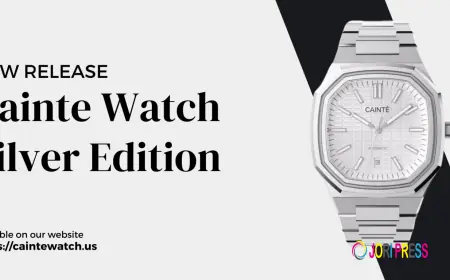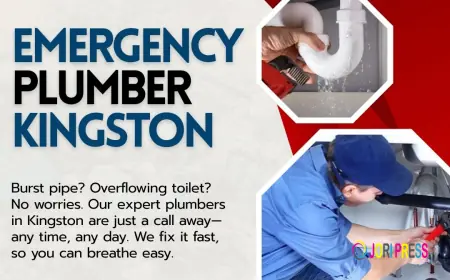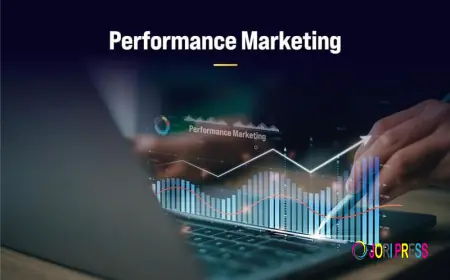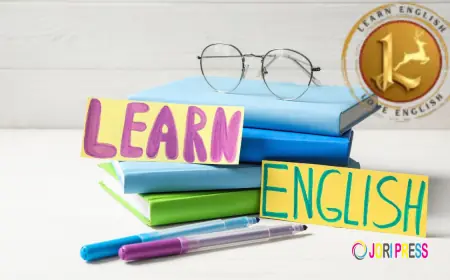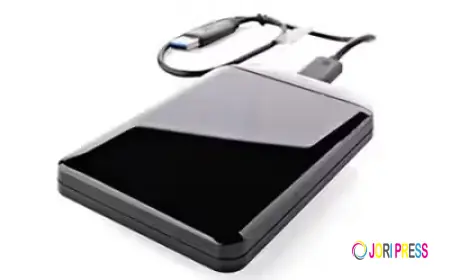GMP Certification: Why It Feels Like the Backbone of Every Pharmaceutical Plant
Obtain GMP Certification australia with IAS through our remote audit services! Get GMP certified to ensure your products are of the highest quality!
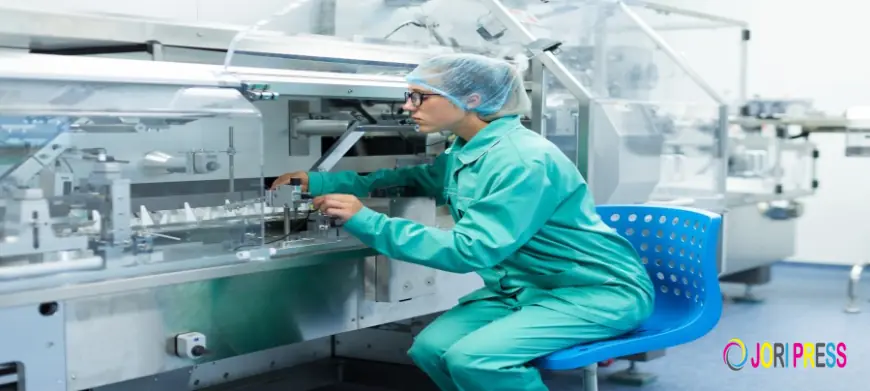
Good Manufacturing Practices—popularly known as GMP Certification—may sound like another compliance task, yet anyone who has stepped inside a formulation plant knows it’s much more than that. It’s the guardrail keeping products safe, consistent, and trustworthy. And honestly, when patients rely on your tablets or in-electable, following GMP stops feeling like a rule and starts feeling like a moral commitment. It shapes daily routines, from raw material checks to batch release decisions. Pharmaceutical manufacturers often find that mastering GMP becomes almost second nature, even comforting in its structure. You know what’s expected, and you know why it matters.
So, What Exactly Is GMP Certification—And Why Do People Treat It Like a Safety Net?
GMP Certification essentially verifies that your facility follows regulated practices ensuring product quality and patient safety. It isn’t a trophy; it’s a demonstration that your processes meet global expectations for safe production. It covers everything—equipment, people, environment, materials, packaging, and even cleaning protocols. The certificate doesn’t magically fix issues; it just confirms you’ve built reliable systems. When inspectors review your site, they’re checking real-world consistency, not perfect theories on paper.
The Core Principles: A Blend of Logic, Care, and Habit
The heart of GMP revolves around a few simple ideas: prevent contamination, ensure traceability, produce consistent batches, and keep quality as your guiding star. These may sound obvious, but anyone working in pharma knows how easily a missing label or a rushed cleaning log can disrupt operations. The principles encourage a rhythm—clean, check, document, repeat. It’s like maintaining a kitchen where every spice jar has its place, and every dish has a timestamp. You follow the rhythm because breaking it could cause real harm.
Facilities Matter: The Building Itself Is Part of Your Quality System
Your facility isn’t just a roof for equipment; it’s an active participant in the quality journey. GMP Certification expects controlled environments, smooth material flow, separate storage zones, and hygienic processing areas. Air handling units must behave, pressure differentials must stay stable, and equipment surfaces must resist contamination. Sometimes, even a tiny crack in epoxy flooring can send auditors into detective mode. But that’s the point—the facility should be built to prevent problems before they spread.
The People Behind the Process: Training, Skill, and Accountability
Machines don’t run your plant—people do. The most sophisticated blister line still needs operators who know why a deviation matters. GMP requires regular training, competency assessments, and clear responsibility assignments. When you hear “training file updated,” it means more than paperwork; it means that person can confidently handle a batch that will reach thousands of patients. Let me explain—well-trained staff don’t panic during audits; they’re calm because they understand the "why" behind their tasks.
Documentation: The Unsung Hero That Everyone Pretends to Love
Documentation is often the part where people roll their eyes, but deep down, everyone knows it’s lifesaving—literally. GMP Certification expects accurate, timely, legible, and complete records. When something goes wrong (and it does, sometimes), documentation becomes the only window into what happened. Think of it like a diary for your plant: every action, every cleaning activity, every batch detail, captured honestly. Without it, traceability collapses. With it, you have a safety net that protects both patients and your license.
Quality Control & QA: Two Sides of the Same Reliability Coin
Quality Control handles testing, while Quality Assurance ensures systems function as intended. Together, they keep your entire operation accountable. QC ensures your raw materials behave as expected, while QA ensures your team follows procedures with discipline. You might say QC checks the soup, while QA ensures the kitchen works safely. And when batch release decisions happen, QA stands at the center—calm, methodical, slightly sleep-deprived, but absolutely essential.
Production Processes: The Real Factory Floor Where GMP Lives and Breathes
Production is where GMP becomes visible—mixing, granulation, compression, filling, sealing, labeling. The magic, or science really, happens here. GMP Certification demands controlled processes, calibrated equipment, qualified vendors, and real-time supervision. Even a wrongly weighed excipient can derail efficiency. Here’s the thing—production staff often catch issues before anyone else because they live in the rhythm of the shop floor. Their insights are gold, and GMP recognizes that through structured processes.
Validation & Qualification: Proving That Your Process Actually Works
Validation can feel like a mountain, but it’s also the most reassuring part of GMP. Whether it’s equipment qualification (IQ/OQ/PQ), process validation, cleaning validation, or computerized systems checks, the purpose remains simple: prove your system works consistently. Think of validation as test-driving a car multiple times under different road conditions. If it performs well each time, you trust it. If not, you learn, fix, and improve. Patients deserve nothing less.
Common Challenges: The Headaches Everyone Knows But Rarely Talks About
Even experienced pharmaceutical manufacturers face roadblocks: inconsistent suppliers, outdated machinery, environmental fluctuations, or that one department that always runs behind schedule. And yes, documentation backlogs can give anyone a stress-induced migraine. Sometimes, even a small deviation spirals into cross-departmental meetings. But here’s something comforting: these challenges aren’t signs of failure. They’re signs of a system that pays attention. GMP Certification doesn’t require perfection—it requires honesty, investigation, and control measures.
How to Get GMP Certified Without Losing Your Mind
The certification process usually starts with a gap analysis, followed by corrective actions, staff training, documentation cleanup, internal audit, and then the final GMP audit by a recognized body. It sounds draining, but when broken into manageable steps, it’s surprisingly achievable. A strong quality management system simplifies half the journey. Sometimes, manufacturers bring consultants for guidance—not because they can’t do it alone but because external eyes catch what insiders overlook.
Why GMP Certification Actually Helps More Than It Hurts
Some manufacturers see GMP Certification as a regulatory chore, but those who’ve gone through it often admit it made operations smoother. You get fewer deviations, cleaner processes, more confident staff, and stronger customer trust. When global buyers see your GMP certificate, they relax a little knowing your product won’t surprise them. And here’s a quiet truth: GMP makes your life easier long-term, reducing recalls, complaints, and sleepless nights worrying about compliance.
Global Relevance: Why Every Market Watches Your Quality Systems
Whether you export to the EU, serve domestic hospitals, or supply multinational brands, GMP Certification acts like your credibility passport. Regulators across borders—USFDA, WHO, MHRA, TGA—expect adherence to GMP principles. While their guidelines differ slightly, the core expectations remain the same: consistent production, controlled environments, and honest documentation. And as pharmaceutical trade grows each year, GMP becomes not just necessary but central to your business identity.
Final Thoughts: GMP Isn’t Just a Certification—It’s a Culture
If you’ve worked in pharma long enough, you know GMP becomes a shared culture—a quiet agreement to protect patients we’ll never meet. You clean surfaces, label containers, calibrate equipment, and document activities because you understand the responsibility your plant carries. GMP Certification simply acknowledges this commitment. And honestly, it’s reassuring knowing that every batch you release reflects care, science, discipline, and the ethical duty that binds pharmaceutical manufacturing together.
What's Your Reaction?
 Like
0
Like
0
 Dislike
0
Dislike
0
 Love
0
Love
0
 Funny
0
Funny
0
 Angry
0
Angry
0
 Sad
0
Sad
0
 Wow
0
Wow
0
